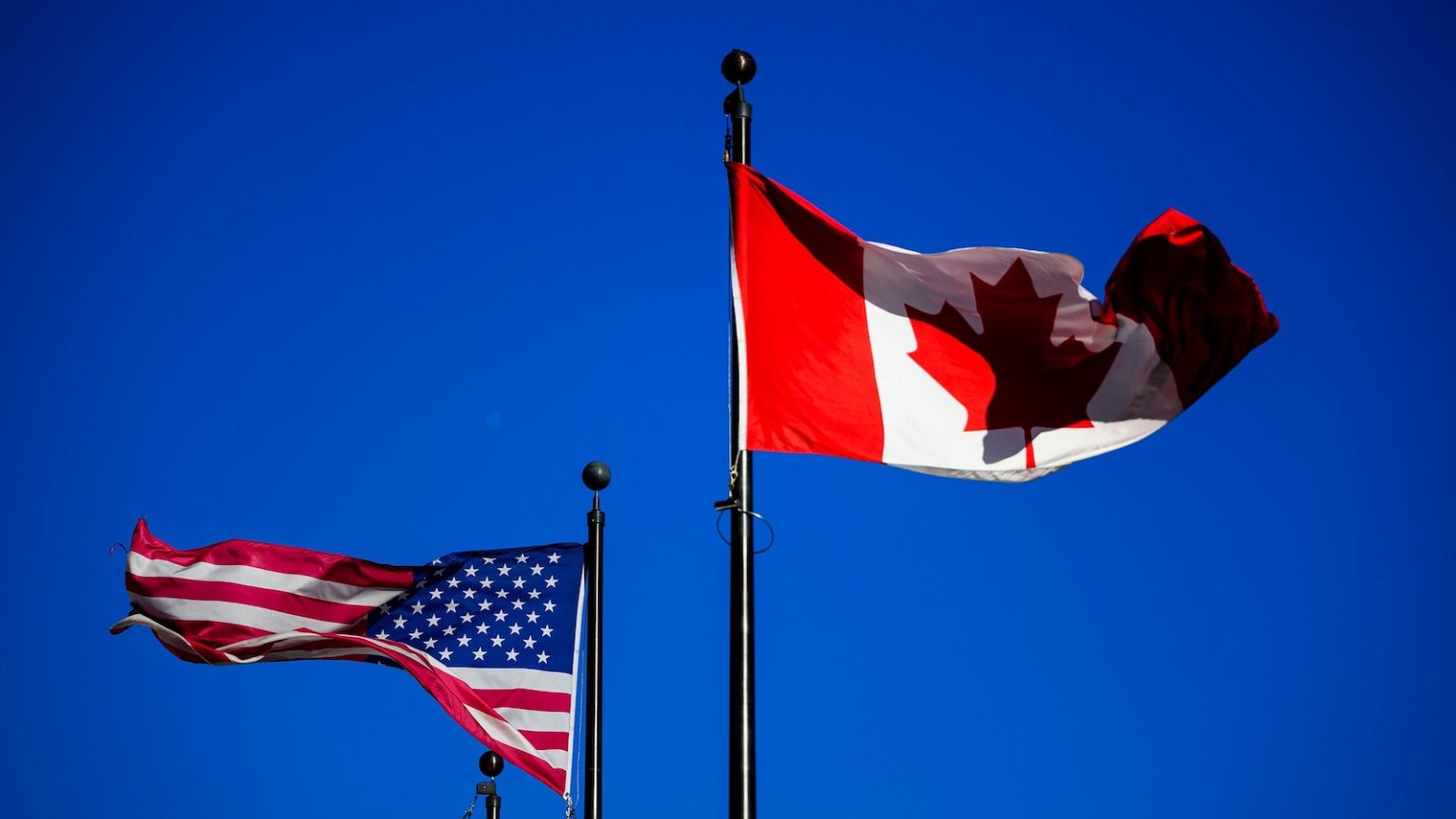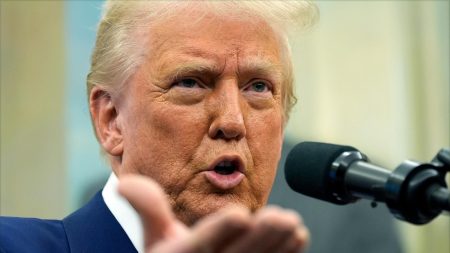The Tariff Tit-for-Tat: How Trump’s Trade Policies Could Impact Gas Prices
President Donald Trump’s campaign promise to lower fuel prices for American consumers through his "drill, baby, drill" mantra is facing a new challenge. Energy experts warn that the tariffs he recently imposed on Canada, Mexico, and China could lead to higher gas prices for U.S. drivers. Trump signed an executive order imposing a 25% tariff on imports from Canada, with a 10% charge specifically on natural gas and oil. Mexico is also facing a 25% tax on its oil imports, while China is being hit with a 10% tariff on all imports, including crude oil and liquefied natural gas. These moves have sparked a trade war, with Canada and Mexico threatening retaliatory tariffs, and China already imposing its own set of tariffs on American goods, including coal, agricultural machinery, and pickup trucks.
Retaliation and Escalation: A Global Trade War Heats Up
The retaliatory measures from Canada, Mexico, and China could further escalate the situation, leading to higher costs for American consumers. Canada, which exports 4.5 million barrels of petroleum to the U.S. daily, has threatened to impose a 25% tariff on U.S. imports. Mexico, which exports up to 500,000 barrels of petroleum to the U.S. daily, has also vowed to retaliate with tariffs. China, meanwhile, has already announced a 15% tariff on select American goods, including coal and liquefied natural gas, and a 10% tariff on crude oil, agricultural machinery, and pickup trucks. The Chinese Ministry of Commerce has condemned the U.S. tariffs, urging Trump to "correct its wrong practices immediately." The escalating trade war has raised concerns among energy experts and Wall Street analysts, who predict that American consumers will soon feel the pinch at the gas pump.
The Immediate Impact on U.S. Consumers
Wall Street analyst Stewart Glickman, deputy director of the global financial research firm CFRA, warns that the tariffs could lead to higher prices at the pump, which would stoke inflation. "Higher prices at the pump are, unfortunately, a good way to stoke inflation," Glickman told ABC News. Both Canada and Mexico are among the top sources of U.S. petroleum imports, according to the U.S. Energy Information Administration (EIA). Canada alone accounts for 52% of the U.S.’s total petroleum imports, including 60% of its crude oil imports. Mexico, on the other hand, accounts for about 10% of the U.S.’s petroleum and crude oil imports. Glickman estimates that U.S. consumers could see gas prices increase by approximately 9 cents per gallon as a direct result of the tariffs.
A Temporary Reprieve, But Uncertainty Looms
President Trump has announced a one-month pause on the tariffs after speaking with Mexican President Claudia Sheinbaum and Canadian Prime Minister Justin Trudeau. The tariffs were initially imposed under the pretext of holding Mexico, Canada, and China accountable for halting illegal immigration and stopping the flow of fentanyl and other drugs into the U.S. Trump acknowledged that the tariffs may cause some financial hardship for American consumers but emphasized that the measures are necessary to "make America great again." In a Truth Social post, he wrote, "WILL THERE BE SOME PAIN? YES, MAYBE (AND MAYBE NOT!). BUT WE WILL MAKE AMERICA GREAT AGAIN, AND IT WILL ALL BE WORTH THE PRICE THAT MUST BE PAID." Despite the temporary reprieve, the uncertainty surrounding the tariffs has already begun to affect the energy market, with experts predicting that prices at the pump could rise even further if the tariffs are reinstated.
The Reality of Trump’s "Drill, Baby, Drill" Slogan
Trump’s campaign promise to lower fuel prices through increased domestic drilling has been met with skepticism by energy experts. While the U.S. remains the world’s leading crude oil producer, with a projected 13.5 million barrels per day in 2025, experts argue that Trump’s "drill, baby, drill" slogan is overblown. "It’s not like U.S. producers were champing at the bit to produce more and were being stymied by a virtue-signaling Biden administration," Glickman said. In reality, U.S. producers are focused on modest production growth and generating cash flow for dividends and buybacks. Trump’s tariffs, on the other hand, are more likely to push gas prices higher, not lower, as they disrupt global supply chains and invite retaliatory measures from key trading partners.
The Bigger Picture: Trade Wars and Their Impact on the Global Economy
The ongoing trade war between the U.S. and its key trading partners has far-reaching implications for the global economy. Patrick De Haan, head of petroleum analysis at GasBuddy, predicts that gas prices could increase by 5 to 20 cents per gallon, with regions that rely heavily on Canadian crude oil or refined products, such as the Great Lakes, Midwest, Rockies, and Northeast, being hit the hardest. De Haan also warns that prolonged trade tensions could weaken global economies, reducing demand for energy and partially offsetting the effects of the tariffs. As the situation continues to unfold, one thing is clear: American consumers are caught in the crossfire of a global trade war, and the pinch at the pump is just the beginning.















